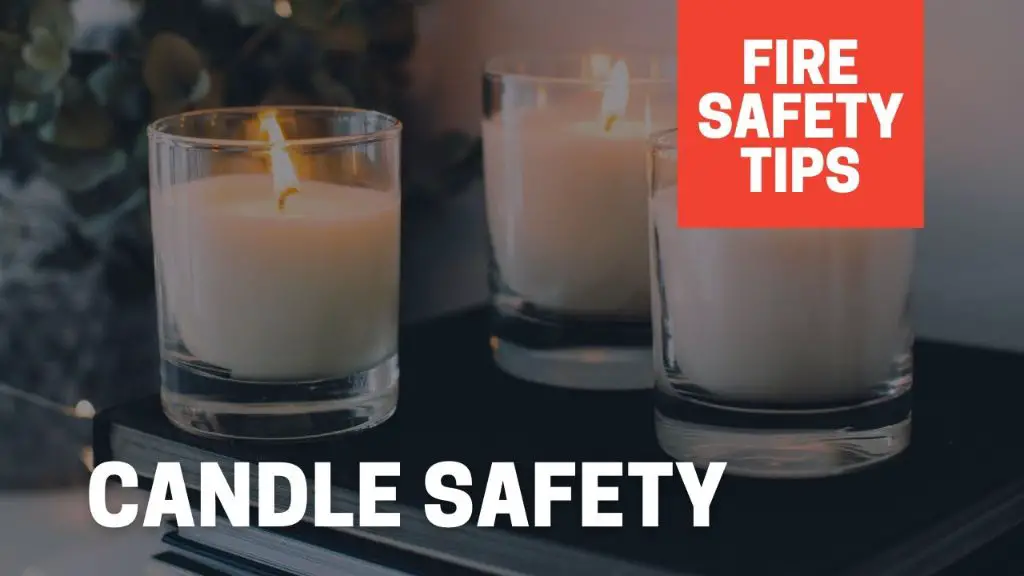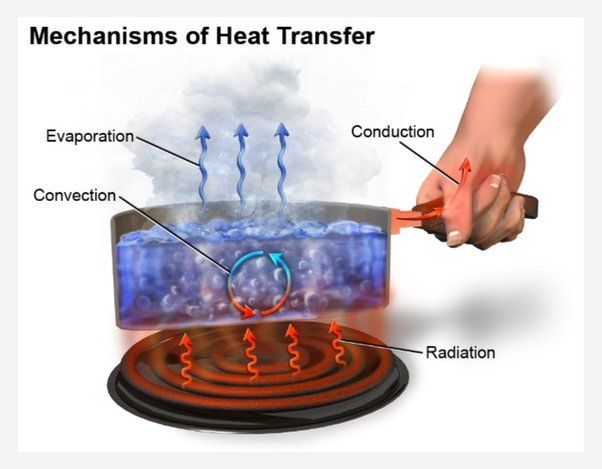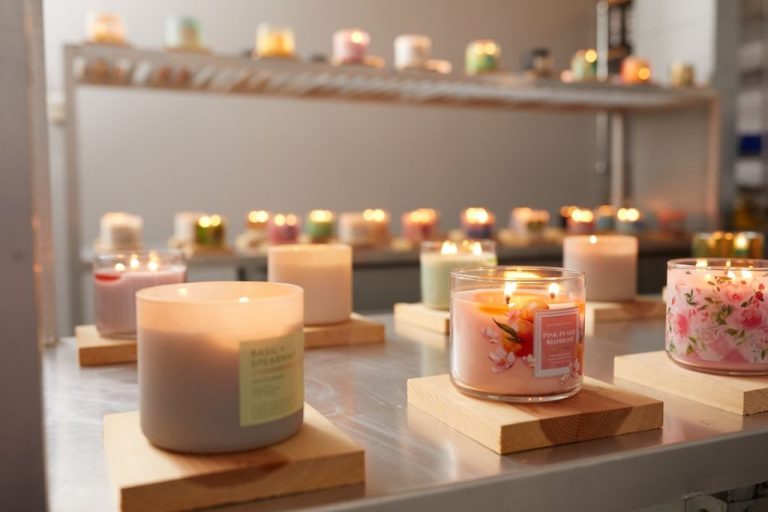Do All Candles Produce Carbon Monoxide?
Burning a candle may seem like a harmless way to create a cozy ambiance, but did you know that all candles release some level of indoor air pollutants when lit? According to research, burning a candle for just one hour can emit as much fine particulate matter into the air as burning a 100-watt light bulb for the same duration. This is concerning since particulate matter has been linked to respiratory issues and other health problems. While the occasional candle is unlikely to cause issues, regular use over time could degrade indoor air quality and pose risks. In this article, we’ll explore how different candle types impact indoor air through their release of carbon monoxide and other concerning compounds.
What is Carbon Monoxide?

Carbon monoxide (CO) is a poisonous, colorless, odorless, and tasteless gas that is slightly less dense than air (EPA, 2022). It is formed as a product of the incomplete combustion of carbon compounds, most commonly from the burning of fossil fuels like gasoline, natural gas, oil, coal, and wood (Merriam-Webster, 2023). When these fuels do not burn fully, CO is created and released.
CO is dangerous because it binds to hemoglobin in the blood more readily than oxygen, preventing oxygen from being transported effectively to organs and tissues. Even relatively low levels of exposure can lead to serious health effects. CO is the leading cause of fatal poisoning worldwide, resulting in both accidental and intentional deaths each year (Wikipedia, 2023).
Sources:
EPA,
Merriam-Webster,
Wikipedia
How Candles Produce CO

Candles produce carbon monoxide (CO) through the combustion process. When a candle burns, the wick ignites and melts the wax around it. The wax vapors mix with oxygen in the air to sustain the flame. This chemical reaction produces energy in the form of light and heat. Combustion requires oxygen, so as the candle burns it depletes oxygen in the surrounding air.
Incomplete combustion occurs when there is insufficient oxygen for the fuel source to burn completely. This produces carbon monoxide, a poisonous gas, as a byproduct. Candle flames that become too large can locally deplete oxygen and cause incomplete combustion, resulting in some CO production. The hot vaporized wax provides the fuel source for combustion in a candle. If the wax-to-oxygen ratio is imbalanced, such as in an enclosed space or with many candles burning, dangerous CO levels can accumulate. According to this source, tests show that burning around 5-6 candles in a small enclosed room for 4 hours can produce unsafe CO levels.
So in summary, candle combustion relies on oxygen but can temporarily create localized oxygen depletion. This oxygen starvation leads to incomplete combustion and carbon monoxide production. Candle usage in properly ventilated areas minimizes this risk. But burning too many candles or using them in confined spaces raises the chances of hazardous CO buildup.
Types of Candles

There are several major types of candles, differentiated by the wax used to make them. The most common types include paraffin, soy, beeswax, and gel candles.
Paraffin wax is a petroleum byproduct and the most widely used candle wax. Paraffin candles are inexpensive, easy to work with, and can hold fragrance and color well (Yankee Candle).
Soy wax is made from soybean oil and is often marketed as a natural, eco-friendly option. Soy candles burn cleaner than paraffin with less soot (WebstaurantStore).
Beeswax is made from honeycombs and has a natural honey aroma. Beeswax candles are non-toxic but more expensive than other options (Yankee Candle).
Gel candles contain mineral oil mixed with polymer resins to create a gel consistency. They are designed to not melt when burning, reducing messes (WebstaurantStore).
CO and Paraffin Candles
Of all the common candle types, paraffin candles produce the most carbon monoxide when burned. Paraffin wax is derived from petroleum and contains some impurities that lead to higher CO emissions compared to other waxes like soy and beeswax.
One study found that paraffin candles produced average CO concentrations of 2.1 ppm, while soy wax candles produced 1.1 ppm, and beeswax candles produced 0.9 ppm (https://www.scandiscents.com/blogs/news/can-burning-candles-emit-carbon-monoxide). At 2.1 ppm, paraffin candles emitted nearly twice as much CO as beeswax.
Another factor is wick type. Paraffin candles often use cotton or paper wicks, which don’t burn as cleanly as wood or tin core wicks used in other candle varieties. The materials in these wicks produce more soot, which leads to CO production.
While paraffin candle CO levels are not high enough to cause carbon monoxide poisoning in ventilated rooms, people sensitive to CO may experience minor symptoms like headaches. Those burning paraffin candles should keep rooms well-ventilated and avoid burning multiple candles for prolonged periods.
CO and Soy Candles
Soy candles are made from soy wax, which is derived from soybeans. Compared to paraffin candles, soy candles produce significantly less carbon monoxide when burned. However, soy candles do still produce small amounts of CO.
According to Scandiscents, soy wax candles produce 80% less soot and 90% less CO emissions than paraffin candles. The soy wax burns cleaner and produces less black smoke. This makes soy candles a much safer option in terms of CO production.
That said, soy candles should still not be burned in an unventilated room for long periods of time. When burned in a small enclosed space, soy candles can elevate CO levels to a dangerous point. But with proper ventilation, soy candles only pose a minimal CO risk.
CO and Beeswax Candles
Beeswax candles produce very little carbon monoxide compared to other candle types. According to a study performed at Virginia Tech University, beeswax candles were shown to reduce carbon monoxide emissions from burning by over 90% compared to paraffin candles (https://yourbeeswaxcandles.com/blogs/news/why-are-beeswax-candles-better-for-the-environment).
The natural wax from honeybees contains no petroleum derivatives, so it burns much cleaner than synthetic waxes. Beeswax has a low melting point which allows it to burn at a lower temperature. This cooler flame prevents incomplete combustion that leads to increased carbon monoxide output.
In addition, beeswax is made up of a complex mixture of over 300 organic compounds. Many of these compounds have been shown to inhibit carbon monoxide production. The natural waxes and vitamins in beeswax enable more complete burning with less soot and toxins.
For those concerned about carbon monoxide exposure from candles, beeswax provides a much safer alternative to paraffin and other synthetic waxes. The data shows that beeswax candles produce negligible amounts of this dangerous gas, allowing people to enjoy candlelight without health risks.
CO and Gel Candles
Gel candles are made from a mixture of mineral oil and a polymer resin which gives them their solid gel-like consistency. When burned, gel candles release very little soot or smoke compared to other candle types. According to research, gel candles produce lower levels of carbon monoxide emissions than paraffin, soy or beeswax candles (https://www.ronxs.com/can-candles-cause-carbon-monoxide-poisoning-and-how-to-protect-yourself/).
The polymer resin binds the soot particles, preventing them from becoming airborne. This helps minimize CO production. Gel candles also burn at a lower temperature which further reduces CO emissions. While no candle is completely CO-free, studies show gel varieties release significantly less carbon monoxide due to their unique smooth-burning formulation.
Safely Using Candles

While candles do produce some carbon monoxide when burned, there are tips you can follow to burn candles safely and minimize carbon monoxide exposure:
Make sure to burn candles in a well-ventilated area – open windows or use fans to ensure fresh air circulation. Avoid burning multiple candles in small enclosed spaces like bathrooms or closets where ventilation is poor. According to Scandiscents, you should allow at least 4 feet of space around candles.
Pay attention to the type and quality of candles you use. Lower quality paraffin and scented candles tend to produce more soot and carbon monoxide. Opt for high quality beeswax, soy, or natural candles instead. Trim wicks to 1⁄4 inch before lighting to prevent excessive smoking.
Avoid burning candles for more than 4 hours at a time, as this can increase carbon monoxide build up. Also make sure to put candles out before going to sleep. Use candle holders that are fire resistant. Never leave burning candles unattended.
Consider investing in a carbon monoxide detector for your home if burning candles regularly. Look out for symptoms of carbon monoxide poisoning like headaches, dizziness, and nausea, especially if using candles in poorly ventilated areas.
In general, burning candles occasionally in well-ventilated rooms poses a low risk. But take precautions to allow for airflow and choose quality candles to enjoy candles safely.
Conclusion
In summary, while all types of candles produce some amount of carbon monoxide, certain types like paraffin candles produce significantly more than safer options like soy or beeswax candles. When burning a candle, it’s important to keep the room well-ventilated and avoid burning it for prolonged periods of time in an enclosed space. While candles can add beauty and ambiance to a room, they should be used with safety in mind. The amount of carbon monoxide produced can vary greatly depending on the candle type, wick type, room ventilation, and more. It’s best to do your research and select natural, cleaner-burning candles whenever possible. With a little precaution, you can safely enjoy the warm glow of a candle and minimize any potential health risks.






